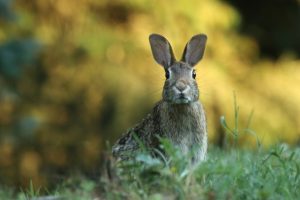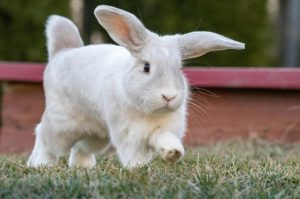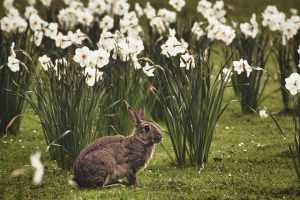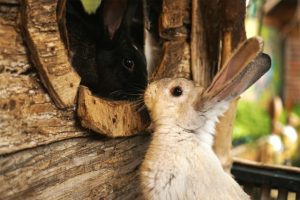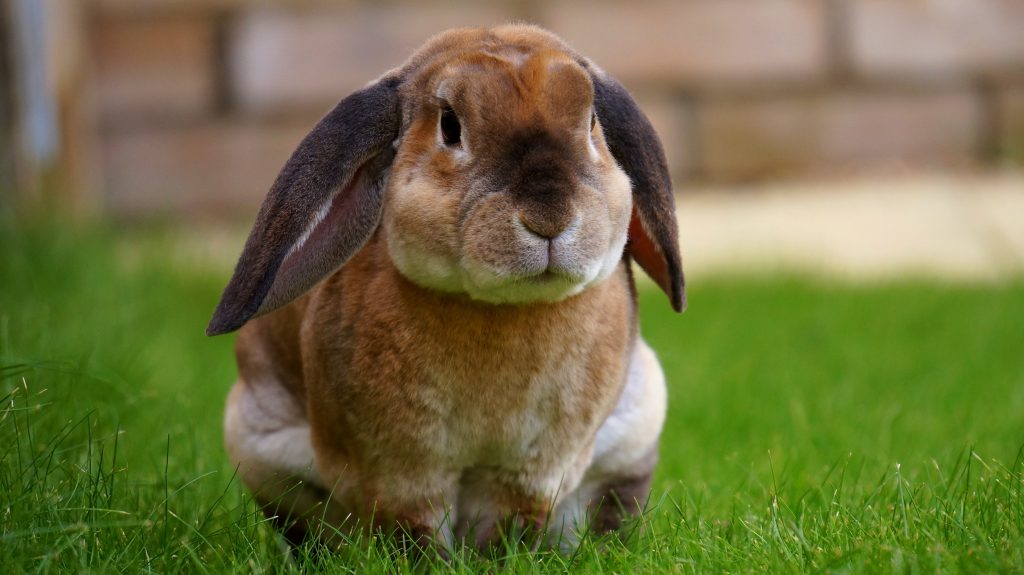
Although rabbits are not rodents, their need to chew is as strongly developed. The rabbit is born with this behaviour, and it is crucial to evenly grind its teeth, which grow throughout life! Every carer should try to provide your pet with regular chewing material. Fresh wood, twigs, branches (especially the apple tree), pieces of oak, or roots. But not every tree or bush is suitable. Some are even poisonous.
Contents
For people living in big cities, it is not easy (not everyone has an apple tree at their doorstep), but
Possible. You can keep a small apple tree on the balcony or ask friends/relatives who have a garden to think about pruning the branches the next time. So they are cutting branches, to think about us and, for example, to get a few post offices. If you do not have the opportunity, online pet websites
offer various species at attractive prices. Despite popular opinion, dry bread is not suitable for crocs: the breed is a cause of obesity and can contain mould spores that will endanger the health of the cattle.
Crocs with no chewing material quickly develop health problems that can even lead to death. If the teeth are not evenly abraded, they overgrow and create tremendous problems when taking food, which can lead to a situation where the rabbit stops eating on its own. The only way to prevent this vicious circle is to provide all kinds of chews.
Why is wood ideal for rabbits to chew?
Sticks and wooden toys provide rabbits with lots of fun. Chewing wood is a natural behaviour for rabbits. Chewing twigs and bark helps rabbits grind their teeth, which grow throughout their lives (about 2mm/week). They are also a good fibre source, improving digestion and intestinal function.
Can a rabbit bite any wood?
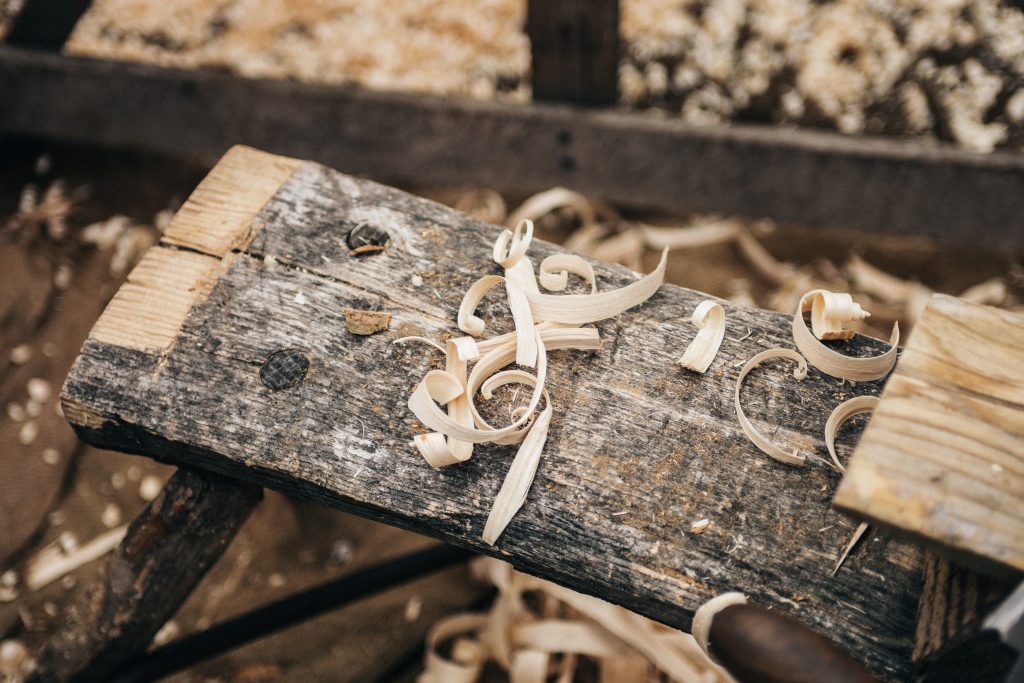
To our and our rabbits' misfortune, every home has a plethora of potentially harmful wood sources. This is because many products advertised as "rabbit safe" are made of bad wood. Many of our home's wooden items and furniture are often painted with paint, varnish, or a veneer.
If you are 100% sure that your wooden or wicker furniture is free of paint, dye, or varnish, and you will not be bothered by numerous teeth marks, then you can let your rabbit run free on its own.
It's equally important to ensure that your rabbit's toys, cage, or even wooden litter boxes are made of the right wood. For example, it is common to find that cages are made of cedar wood, which is harmful to rabbits.
The same goes for toys. It is a good idea to check what a particular toy is made of before your rabbit gnaws on it. If such toys are made of good wood but have parts glued together or painted, they can also harm your pet.
What happens when a rabbit eats the wrong kind of wood?
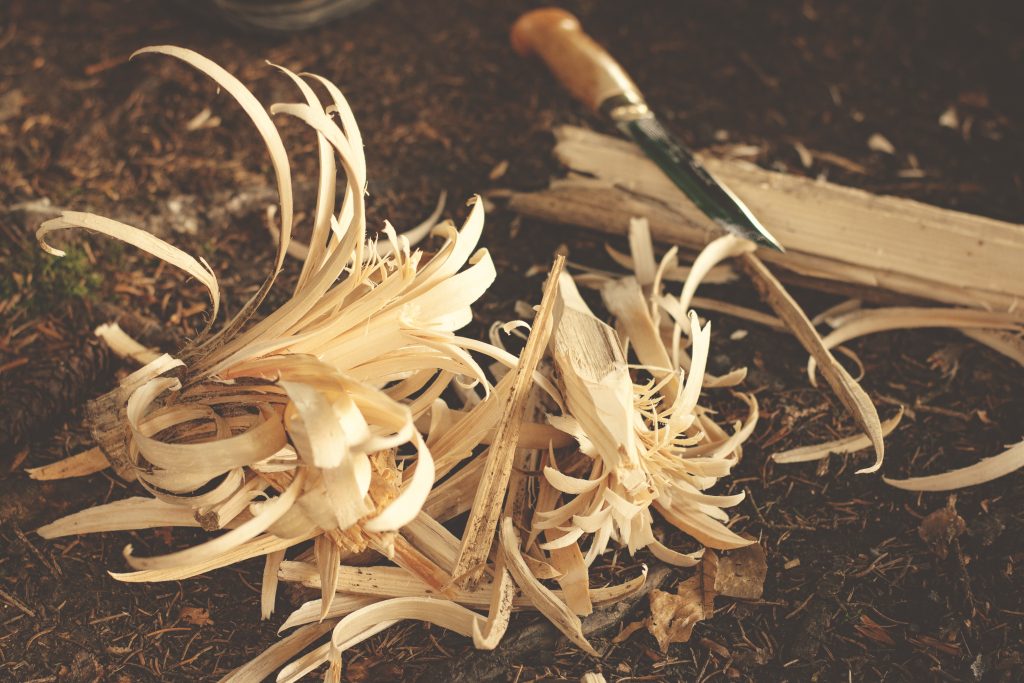
There is no need to panic if your rabbit manages to get hold of something made of wood and not meant for him. Wood is hard, and your rabbit will not be able to digest it quickly enough to do much harm. Keep an eye on his diet and bowel movements. If his appetite, excretion, and energy levels are the same, that's great.
The real problem begins when the rabbit has access to noxious wood or furniture on a regular and prolonged basis. Suppose a rabbit systematically chews/eats wood, wood chips, varnish, or paint from furniture that is harmful to it. In that case, there is a good chance it will develop digestive problems or liver-related diseases. This is why it is so important to give your rabbit twigs from dry trees that are not toxic to them.
What kind of twigs are safe for the rabbit?
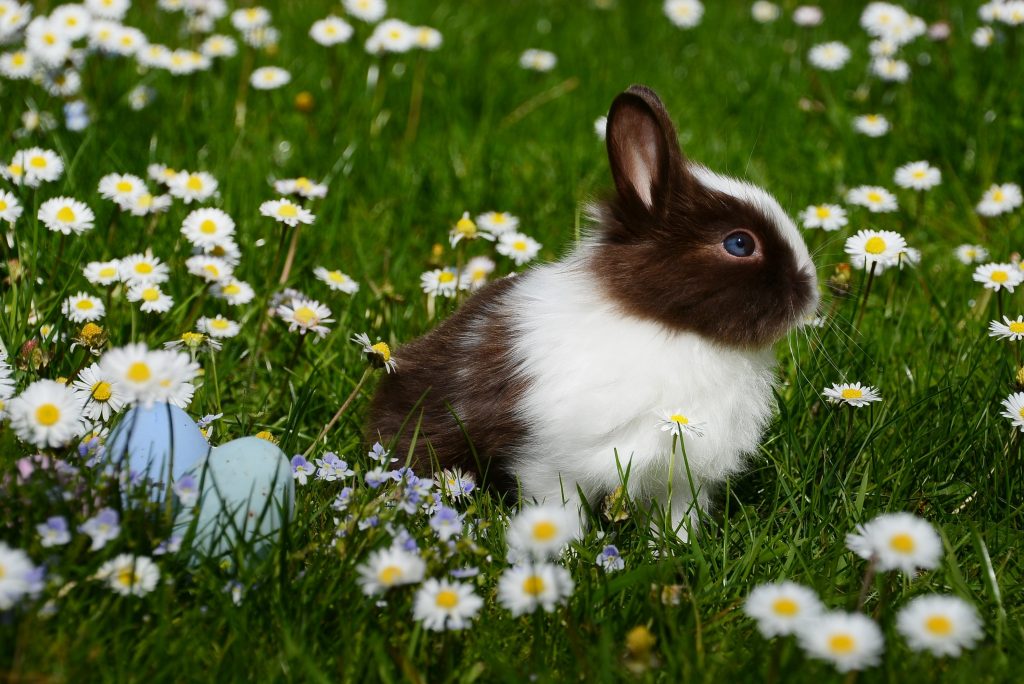
Every rabbit will have their favourite type of twigs. Each type of tree is different in taste. So, if your rabbit does not like one species, try others until you get it right.
1. Willow
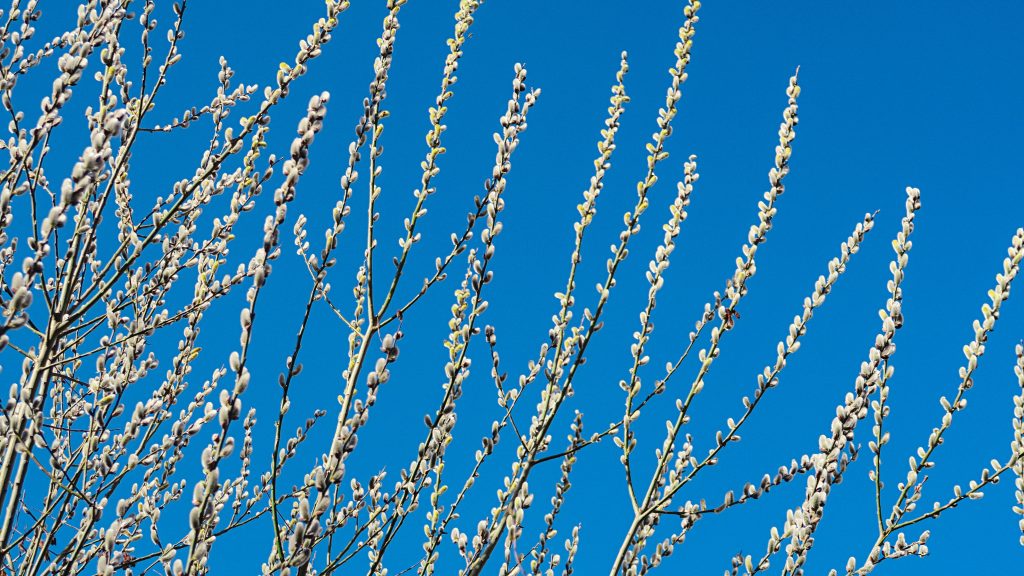
Willow is most commonly used to make toys for rabbits. Willow balls are very cool. Rabbits like to play with them. They toss them, roll them, and chew on them. Some are hollow inside, and some contain additives such as hay or fruit. Baskets and wicker furniture can also be a friendly alternative.
Just make sure they are not impregnated with anything.
However, if you prefer to see if your rabbit will eat them, here are some willow twigs straight from our native Ladz Forest.
2. Apple & Pear Tree
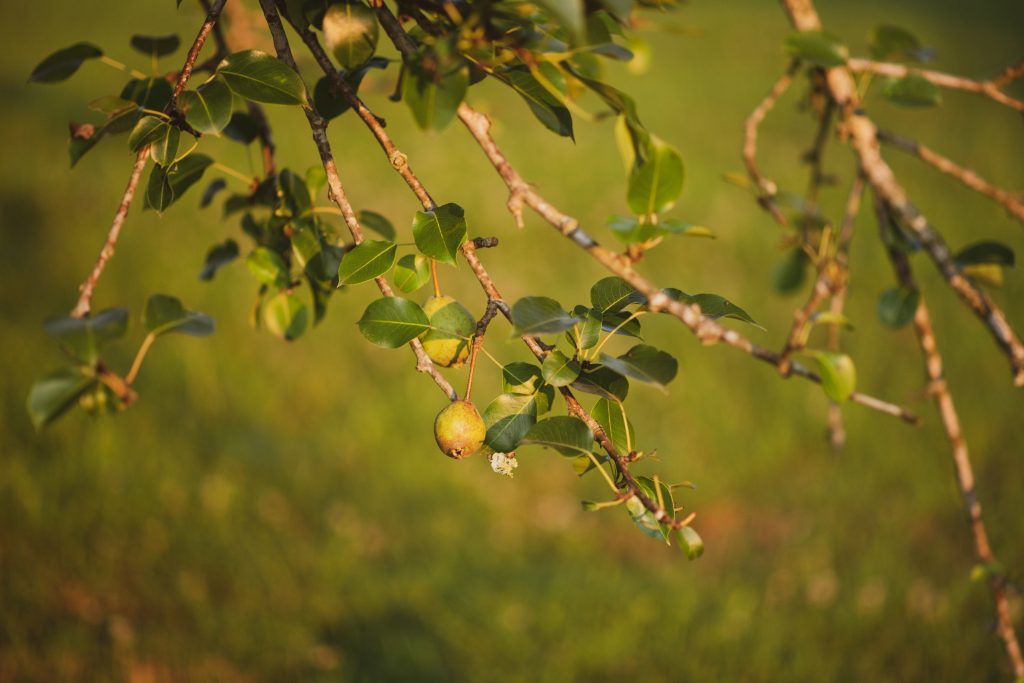
Apple and pear wood is also safe for rabbits. They have a strong taste, and most rabbits like them very much. You can pick twigs or branches even with fresh leaves. Apple sticks can often be purchased in bundles at various stores.
You can buy fresh apple twigs from this auction. If you want to know what other fruits rabbits can eat, read the article "What do rabbits eat?"
3. Oven-dried Aspen
Aspen is the most commonly recommended wood as litter for the litter box. It is absorbent and also eliminates bad odours. Aspen chips are kiln-dried to make them safe for rabbits.
However, fresh aspen should not be given to rabbits in the sense of being picked straight from the tree.
This type of wood contains phenols that are toxic to the rabbit. It is best not to give fresh aspen to a rabbit. Speaking of bedding, it is most commonly sold in the form of pine or cedar wood chips. Both are not recommended because they can cause liver problems.
4. Birch and Poplar
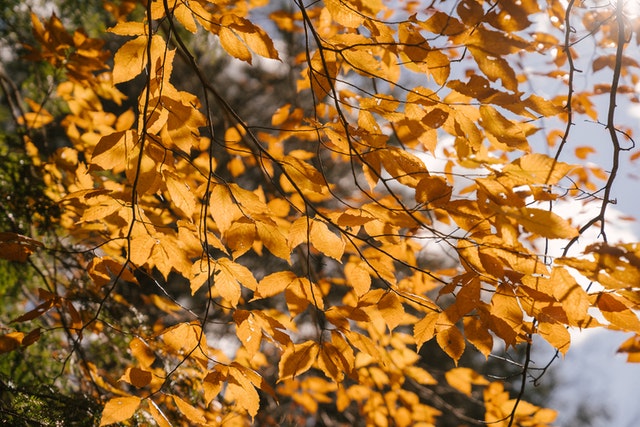
Both birch and poplar are suitable for rabbits. They do not need to be dried beforehand. Your pet can even gobble up their leaves. You can also make small furniture or various objects/toys from these trees. A rabbit likes to chew on things, so this will definitely work.
5. Rose bushes
The branches, sticks, or leaves of a rose are edible to rabbits - they can eat the whole bush. You don't have to peel the stems off the thorns because they don't bother them. Many rabbits also like to eat rose flowers. So you can serve them a few petals from time to time. They are sure to enjoy it.
6. Maple
Job is a slightly sweeter type of tree. Taste-wise, it is more enticing to rabbits than other kinds of trees, so it is used to make toys and furniture. You can also get maple in stores as a bundle of sticks.
7. Dried Pine

Pine is only safe for rabbits if it has been dried in the oven beforehand. Generally, previously prepared pine is ok in the form of boards or furniture. However, pine chips and pine-based bedding are not. Fresh pine should also be avoided, as it contains phenols harmful to rabbits (damages the liver).
If the pine you access still emits its characteristic smell, do not give it to your rabbit. It's better to reach for another tree species rather than risk it. The same goes for pine cones. You can buy them in stores pre-dried. Theoretically, you can give them to your rabbit only after they are completely dried.
You can collect the cones yourself, but you will have to wash them well and let them stand for a week. If you want to be 100% sure that the cones are safe for your rabbit, you can put them in the oven for 1-2 hours.
8. American Poplar (& Cotton Bush)
When a cotton bush isn't cut down and grows long enough, it has a chance to become a tree - or, more specifically, an American poplar. This also means that cotton is safe for our bunnies. You can give your pet the whole plant. And all sorts of products are made from cotton.
9. Raspberry and Blackberry bushes
Branches, sticks, leaves, and fruits can be given to rabbits without worries. They are safe for them. If you have a garden with the bushes mentioned above, you can safely pick them up fresh. All you have to do is rinse them with water beforehand.
How to prepare twigs for a rabbit?
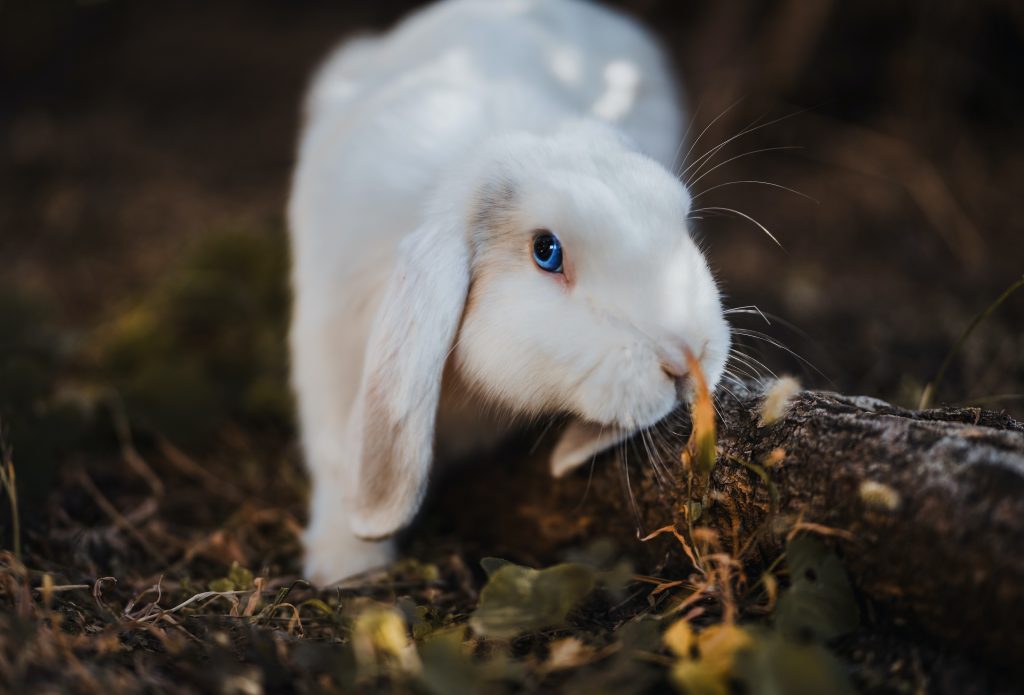
Before going to the garden or woods to collect twigs for your rabbit, you should take some precautions. Namely, branches or sticks from the field may have small inhabitants inside - various insects. Trees or bushes growing near streets or city parks may be sprayed with chemicals or insecticides.
- The first thing you should do is make sure you are dealing with the right kind of tree or bush. As I mentioned earlier, some trees are only safe after they have been specifically dried.
- Collect twigs and leaves from places that are far from sources of pollution. Choose places as far as possible from streets, parking lots, or the city centre. If you drive by a forest, walk 10 or 20 meters into the forest. It is really worth it!
- Wash them under running water. You can do this in the sink or bathtub. You don't have to scrub them. Wash them the same way you would wash fruits and vegetables.
- Give it to your rabbit and watch how happy he is.


